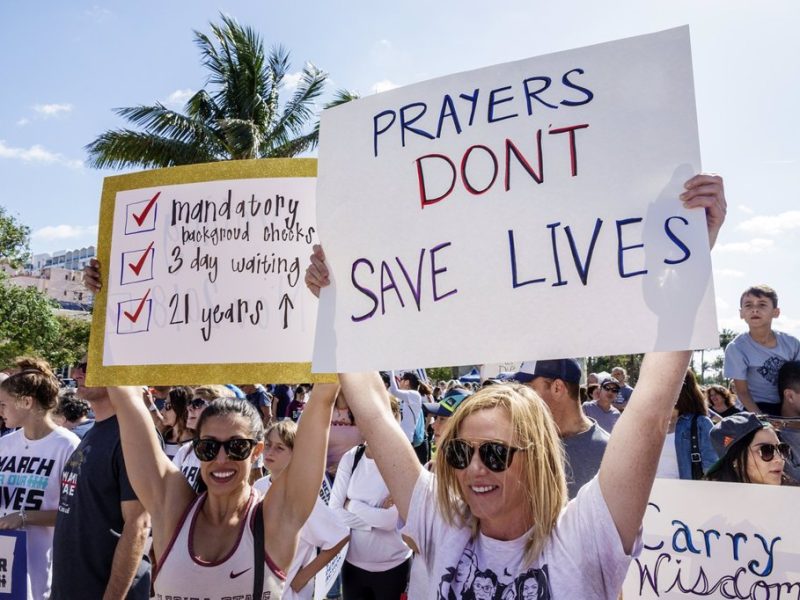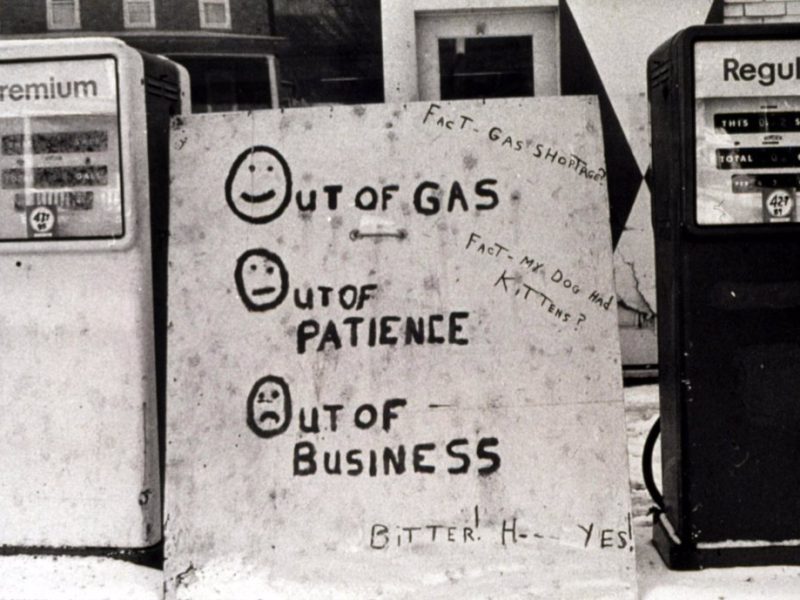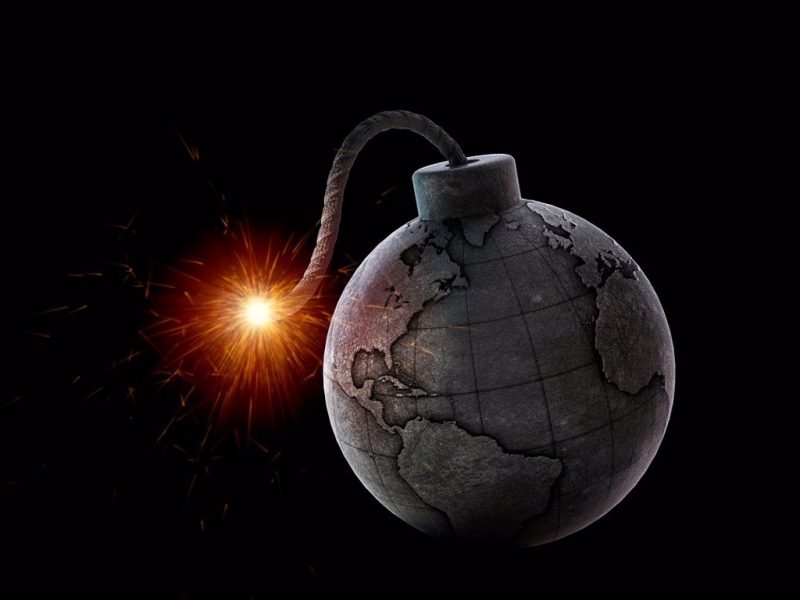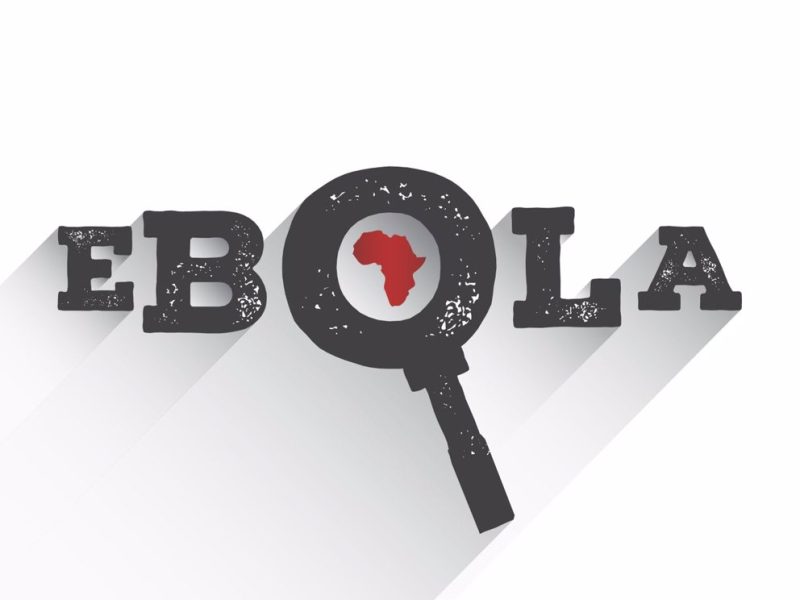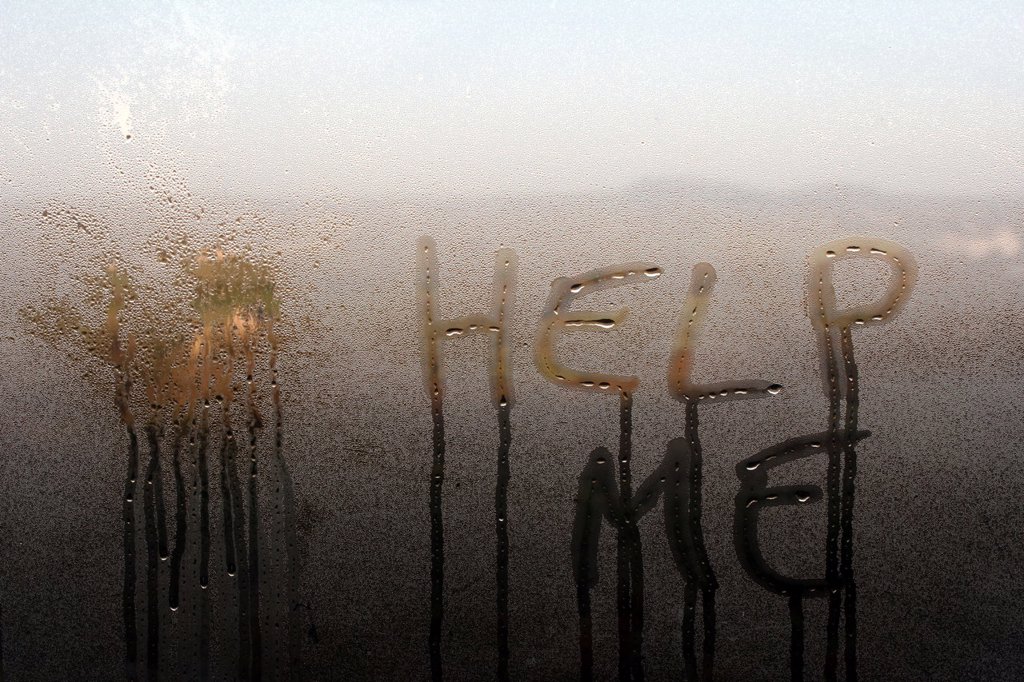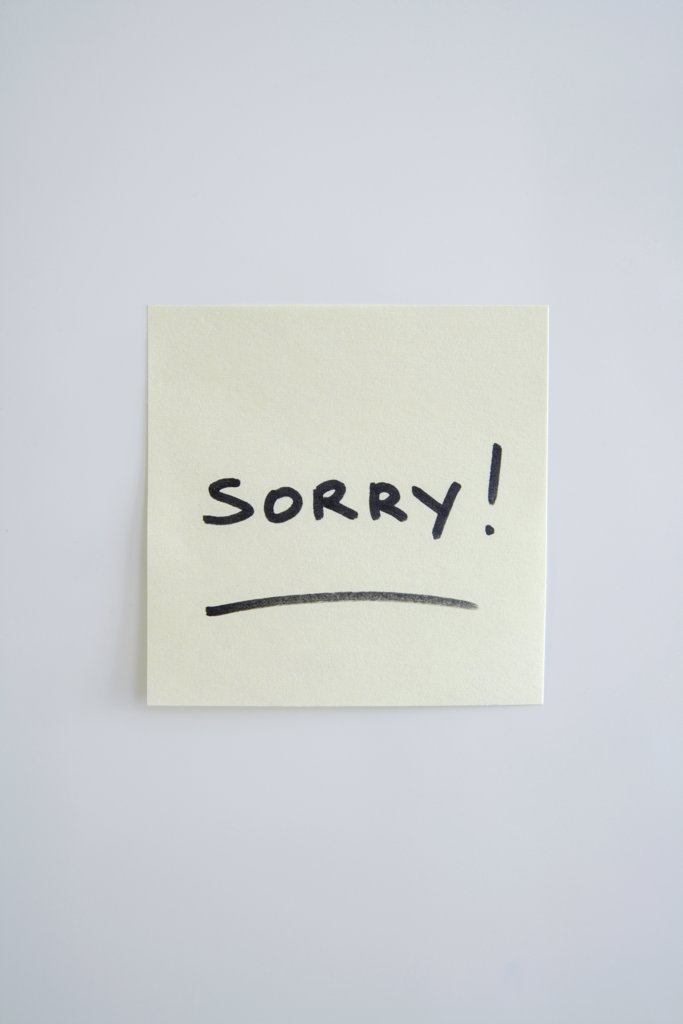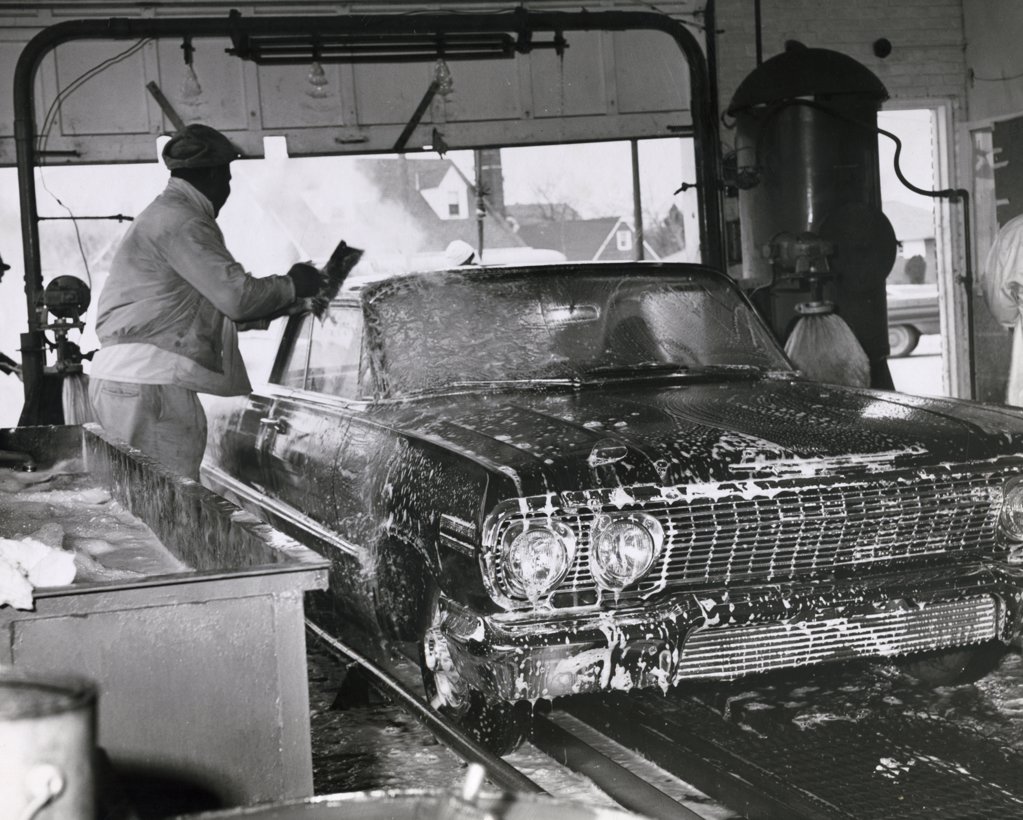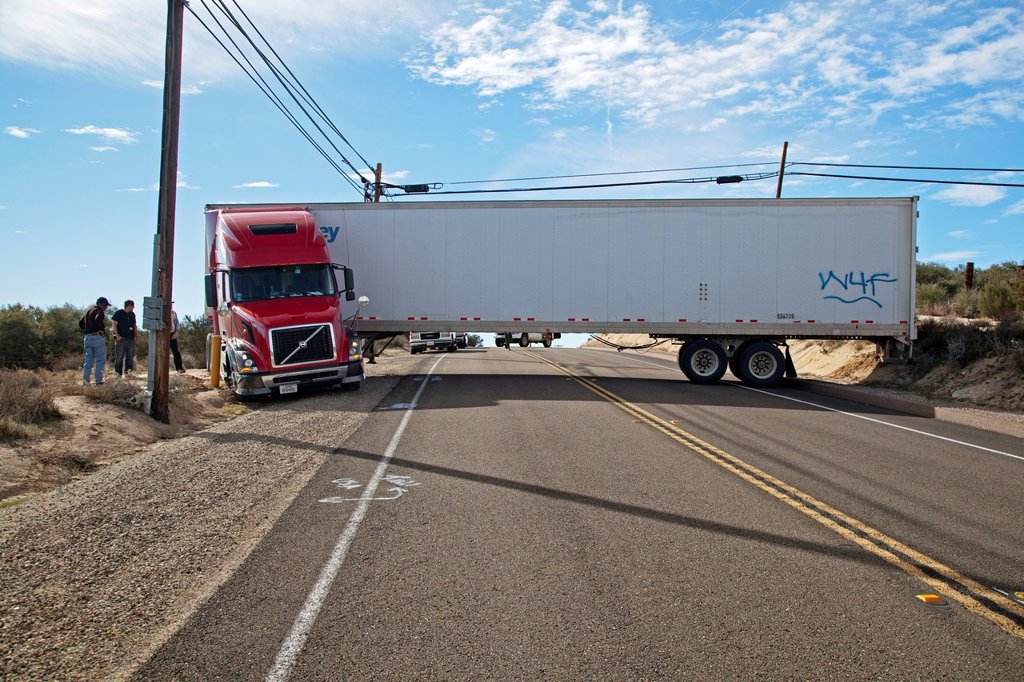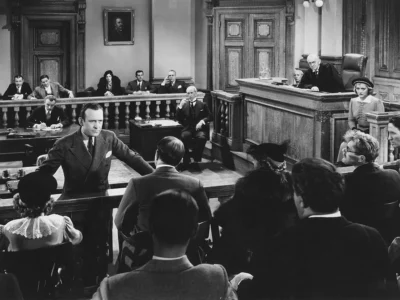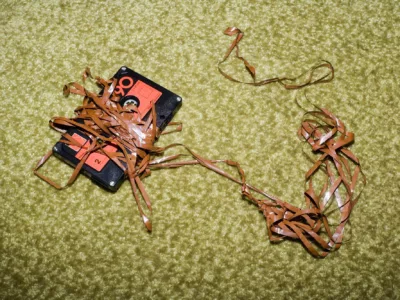The CEO Just Stumbled Into A Faux Pas, Now It’s a Crisis. What Do You Do?
The phone rings. It’s 2 a.m. and it’s your boss. “We have a problem,” she says. Corporate communications crises happen at the worst possible times. Are you ready to deal with them?
The opening words of the mid-19th Century historical novel by British writer Charles Dickens – “A Tale of Two Cities” – were about London and Paris before the French Revolution. However, they could be describing any major city in the world, yesterday or last week. Indeed, It was the best of times, it was the worst of times, it was the age of wisdom, it was the age of foolishness, it was the epoch of belief, it was the epoch of incredulity…
Whatever real or imagined challenge is happening, at any given moment, seems critical to those living in that moment. Take now, for example. Society seems to be awash in one crisis after another.
The remnants of the COVID-pandemic are still causing supply-chain disruptions and economic uncertainty worldwide. The disaster of the Russian invasion of Ukraine, in addition to causing death and destruction in the country, is having rippling effects that are causing more international chaos, an energy crisis and rampant inflation. Unusual turns of events, such as the Prime Minister of Great Britain resigning after only 45 days in office, are reported nightly. Oh yeah, there is also unprecedented violence in schools, racial injustice, and a passionate, vitriolic debate about abortion in the United States.
It’s a mess out there.
For Chief Marketing Officers (CMOs), Chief Communications Officers (CCOs) and the public relations and advertising agencies that support them, making sense of these crises, while attempting to make a profit, is akin to engaging in daily hand-to-hand combat. Then it gets worse. A self-inflicted wound occurs.
This can be in the form of a verbal gaffe, a short-sighted, insensitive action, a mistake in judgment, or simple bad luck. Unlike the old days of corporate smoke and mirrors, customers now demand hyper-transparency. Whether it is omission or commission, the damage is done. What now?
*****
Discussing news keeps our brands relevant. There are many ways to connect with current events and show your support without causing a crisis. SuperStock is a valuable resource to consider for editorial and conceptual content. Take a look at our crisis communications gallery.
*****
Crisis Communication: A Part of Ongoing Business Operations
Almost daily, somebody, in some part of the world, says or does something that is incredibly dumb. This, in turn, drives shareholders, CEOs, CMOs and everyone else in the C-Suite nuts!
Here are just a few, wince-worthy examples.
- The artist formerly known as Kanye West’s anti-Semitic comments puts Adidas on an international hot seat. Yeezy apparel is done, and so is the damage.
- A Southwest Airlines pilot announces to passengers: “Let’s go Brandon!”
- A State Farm’s spokesman – Green Bay QB, Aaron Rogers – publicly disrespects the COVID vaccine
- Twitter allows child-porn ads to run adjacent to those of large consumer products companies
- Peloton kills Mr. Big!
- The owner of the Phoenix Suns NBA team makes derogatory statements about black athletes
- The Volkswagen “diesel dupe” scandal of 2015 – an all-time low point for the German auto behemoth!
(Feel free to use this white space to add your most memorable corporate screw-ups)
There are many reasons the turn-over rate of CMOs for large brands is at an all-time high, but the unrelenting pressure of dealing with constant crises is certainly one of them. According to Dave Fleet, the managing director, and head of global digital crisis at Edelman, “With everything executives are facing, it is hardly surprising that crisis management has become the fastest-growing area of responsibility for CCOs and CMOs.”
In this article, Fleet referenced the findings of the 2022 Edelman Connected Crisis Study. He noted, “Societal leadership is now a core function of business. However, the sheer volume of societal issues is overwhelming companies. Across each of the 22 societal issues we examined, more than half of CCOs and CMOs are concerned about their potential impact on their brand or company.
“As the function tasked with building trust across all stakeholders, communicators have both the opportunity and the imperative to guide company leadership through these situations. This means treating it as part of ongoing business operations — implementing a purposeful approach to decision making, the governance to enable it, and the right data both on the issues themselves and the insights required to enable informed decisions.”
This is easier said than done.
Three Rules for Crisis Communications
In 2008, at the beginning of the Great US Recession, Rahm Emanuel, who later became mayor of Chicago, was then the White House Chief of Staff of the brand-new Obama administration. Amid the crumbling economy, along with the fear and angst of the times, he coined the concept: “Don’t let this crisis go to waste!” The idea was to exploit the unfortunate moment to clean up spending and focus on tough decisions that might be harder in boom times. This is a valuable lesson for those managers of corporate messaging who currently find themselves in the middle of a dumpster fire.
Dr. Debra Davenport, a professor at Purdue whose students will likely become CCOs, knows that corporate crises are inevitable, perhaps horrific but ultimately manageable.
In this piece, she advised, “As a PR practitioner, your role in a crisis will be multi-pronged and critical. One of your primary concerns will be providing expert counsel to the CEO regarding the organization’s public response.
“You will need to consider the appropriateness of the information to be shared during and immediately after the crisis. If you share too little, you may raise suspicions; divulge too much and you could create serious liability for the organization.”
Davenport suggests following the 3 Rules of Crisis Communication.
- Plan Ahead.
Communications teams should “create a detailed contingency/scenario plan that outlines every conceivable crisis and appropriate response.”
- Speed Is Key.
Avoid the paralysis of analysis. “It’s imperative to acknowledge crisis situations immediately. You may not have all the details for days, or even weeks, but a prompt announcement to the media and your key publics will (a) minimize speculation and rumor and (b) let audiences know you are in control.”
- Be Responsibly Transparent.
Sugar-coating can lead to cavities and worse. “We’ve seen how subterfuge and lies destroy organizations. Be up front. Take responsibility. Tell the truth. Never engage in cover-up, deceit, or unethical behavior of any kind.”
Part of this planning process involves having the corporate background information (boilerplate) ready to rock, high-res images of corporate logos in various sizes and culturally appropriate stock photos and videos that represent customers and workers of the company. Stock photography/video companies such as SuperStock have trained photo consultants, with access to vast archives, who can help in sourcing these images.
When The Smoke Finally Clears – Time for a Hot Wash
Another way to keep a “crisis from going to waste” is to jump into a big ‘ol, post-mortem tub for a “hot wash.” According to this source, “a hotwash is a term assigned to the after-action debrief in emergencies like natural disasters (or corporate snafus). The term originated in the military, where soldiers used extremely hot water to remove residue and debris from their weapons after firing.
“It’s the opportunity to understand where things went right, where things went wrong, and what related improvements might be made to the crisis response program.”
The most valuable part of a hot wash is to be better at dealing with the next crisis, and make no mistake, it will occur. It’s not IF, it’s WHEN.
Hinda Mitchell, president of “Inspire PR Group,” suggests the following questions for the hot wash process.
- How prepared were you overall? Many crises are anticipated — and in some cases, smart communicators have prepared template language for the crisis.
- How did your spokespeople do? In a crisis, confident, credible voices are essential to building trust and reassuring critical audiences. Subject-matter experts and leaders should be trained to be effective in delivering key messages in a crisis.
- Were the right people at the table? A crisis requires a team of informed, relevant members to share reports and answer questions.
- Were we successful in reaching critical audiences? Great crisis response language is irrelevant if stakeholders don’t receive it. Understanding who needs to be engaged or informed and maintaining open, appropriate lines of communication matters.
- Did the response prevent the crisis from escalating and minimize its reputational impact? A good crisis response can reduce the likelihood of the crisis evolving and growing, and the right communications can mitigate against a loss of trust and confidence.
- If media or social media were a factor in the crisis, how did it go? Managing news media and social media chatter can be challenging in a crisis.
- How did operations and communications collaborate? The operational response needs to inform the communications response — and vice versa.
And the BIG question for every hot wash?
What didn’t go well and what could be done differently next time?
Keep Going
In the middle of a dire period of World War II, when the world was on the brink of succumbing to one of the most evil forces in history, British Prime Minister Sir Winston Churchill reportedly said, “Remember, if you’re going through hell, keep going.”
Of course, this is another lesson for marketing and public relations practitioners. When humans are involved, mistakes will happen, and a crisis will jump up from behind the shrubs and slap unsuspecting companies! It’s not pretty but it can be overcome. The trick is to be prepared and keep going.
*****
Being prepared for any corporate crisis starts with having consistent and compelling messaging and stunning images. While you take care of the former, we can help with the latter. Contact our photographic experts and let’s get a plan together.



